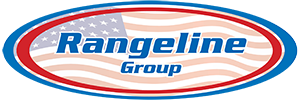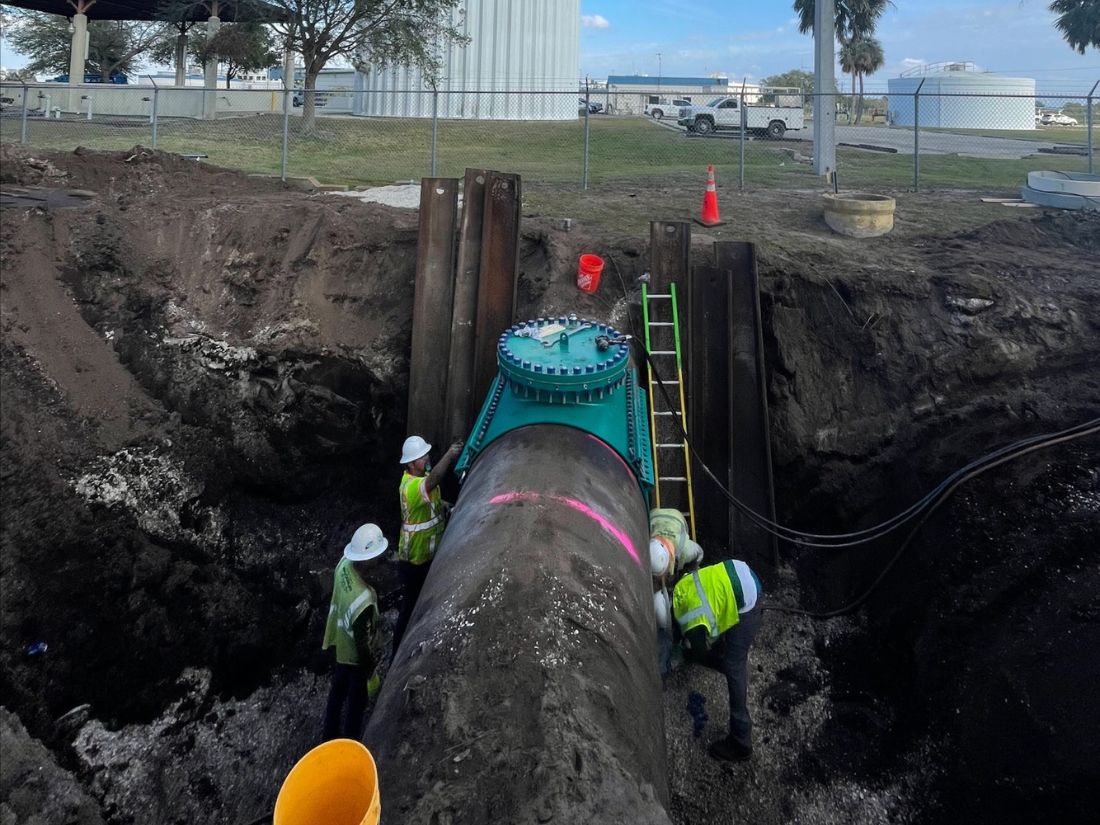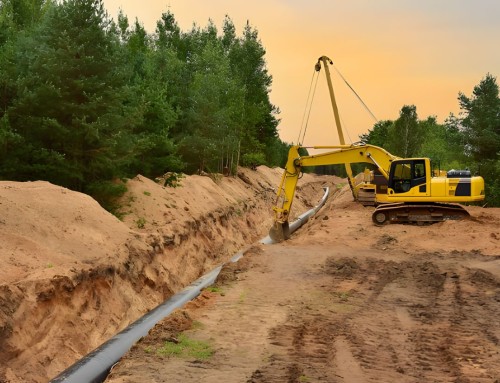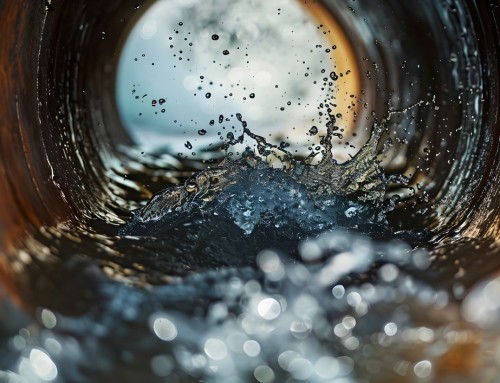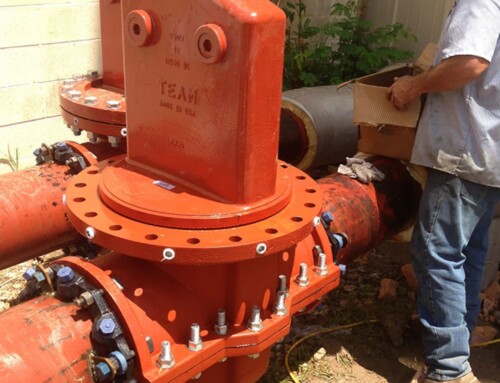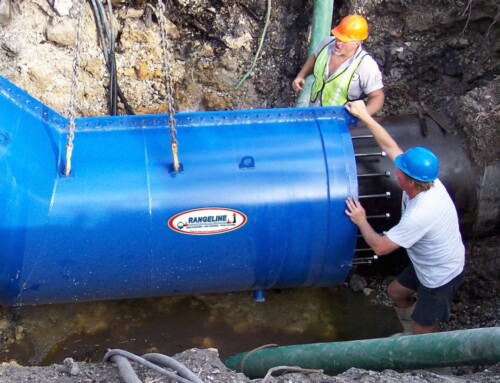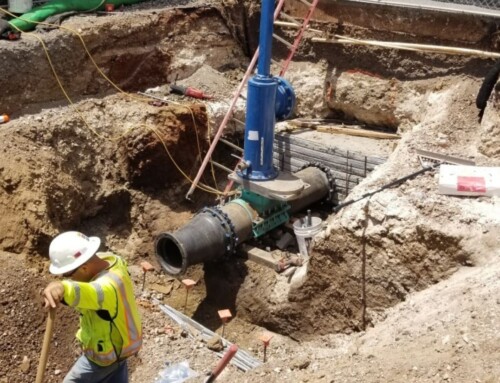Snaking beneath every town and city is a complex web of pipelines transporting essential resources like energy, natural gases, water. While we take these essential services and amenities for granted, it’s important to understand pipelines and their role in water distribution. Let’s go further into detail about how these pipelines operate and how they’re maintained.
Types of Water Pipes
Pipes used for water distribution come in various shapes and sizes, depending on what’s necessary to ensure the water reaches its destination. Water pipes are typically divided into three categories: metallic, cement, and plastic.
Steel, galvanized, ductile-iron, and cast-iron pipes fall under the metallic category. Metal pipes are very durable, and cast-iron pipes, in particular, are used when the pipeline must endure very high pressures.
Cement pipes are also incredibly durable but distinguish themselves by being resistant to corrosion like rust, requiring less maintenance than other materials.
Plasticized polyvinyl chloride (PVC) pipes are noteworthy for being incredibly lightweight and corrosion-resistant, making them easy to transport and handle. The downside is they’re more prone to damage if exposed above aground.
Notable Components
Pipelines have essential components that facilitate the distribution of water. These can include valves, pumps, and even storage tanks. Valves are essential for controlling the flow of pipelines, ensuring the pressure within them is tempered and doesn’t become too strong or weak for the pipes to handle.
Pumps transport and lift water back to the surface, as much of water distribution uses gravity to move water. For that reason, storage tanks like water towers are high off the ground so that water can make use of gravity.
Pipeline Maintenance
Pipelines must be well maintained to ensure they can manage their role in water distribution. The challenge, however, is that water pipes are in constant use at every moment of the day. To stop service for maintenance would be to deprive many buildings and homes of water access. Fortunately, line stop contractors are experts at rerouting water distribution so that service isn’t interrupted. From there, the damaged pipe can be isolated and repaired without issue.
